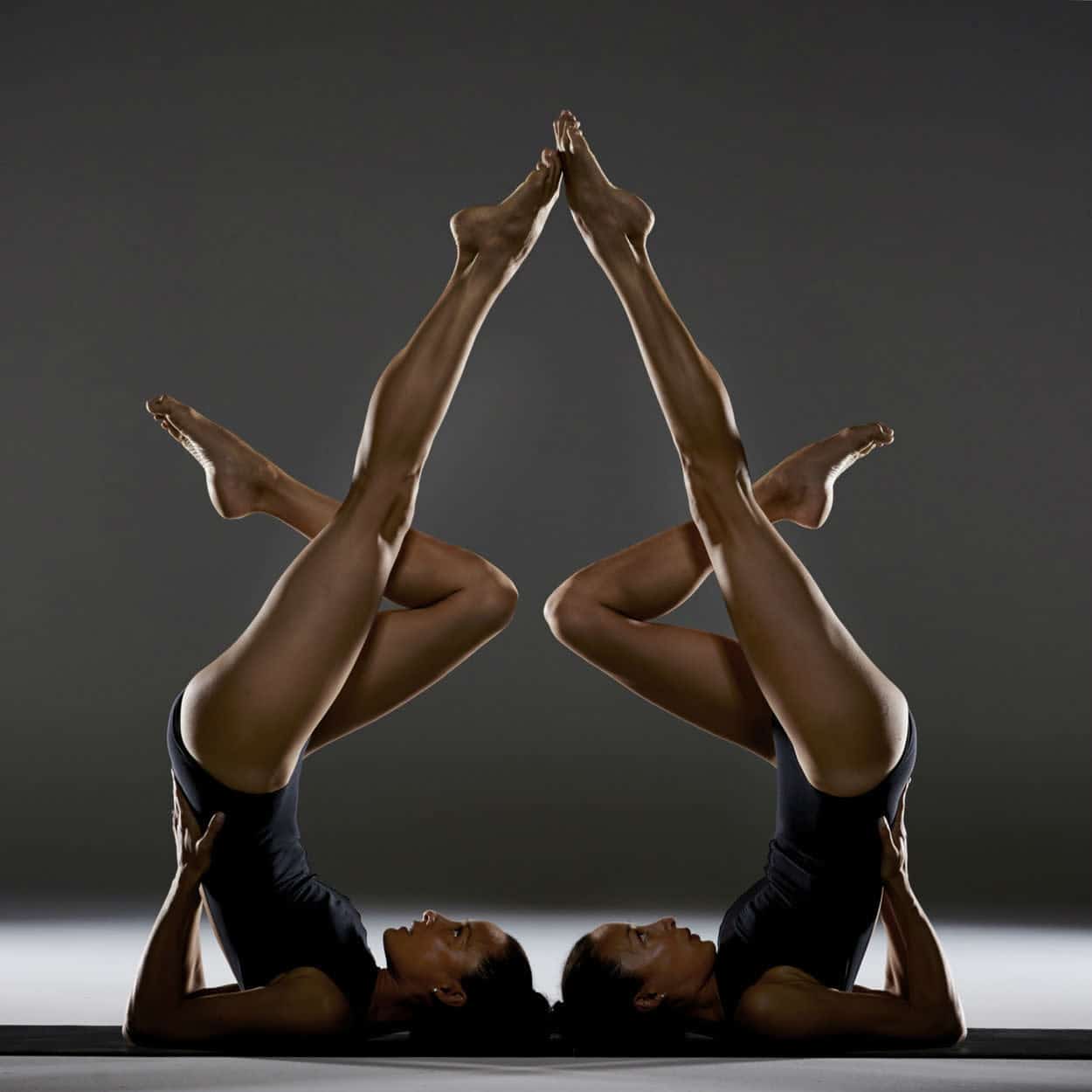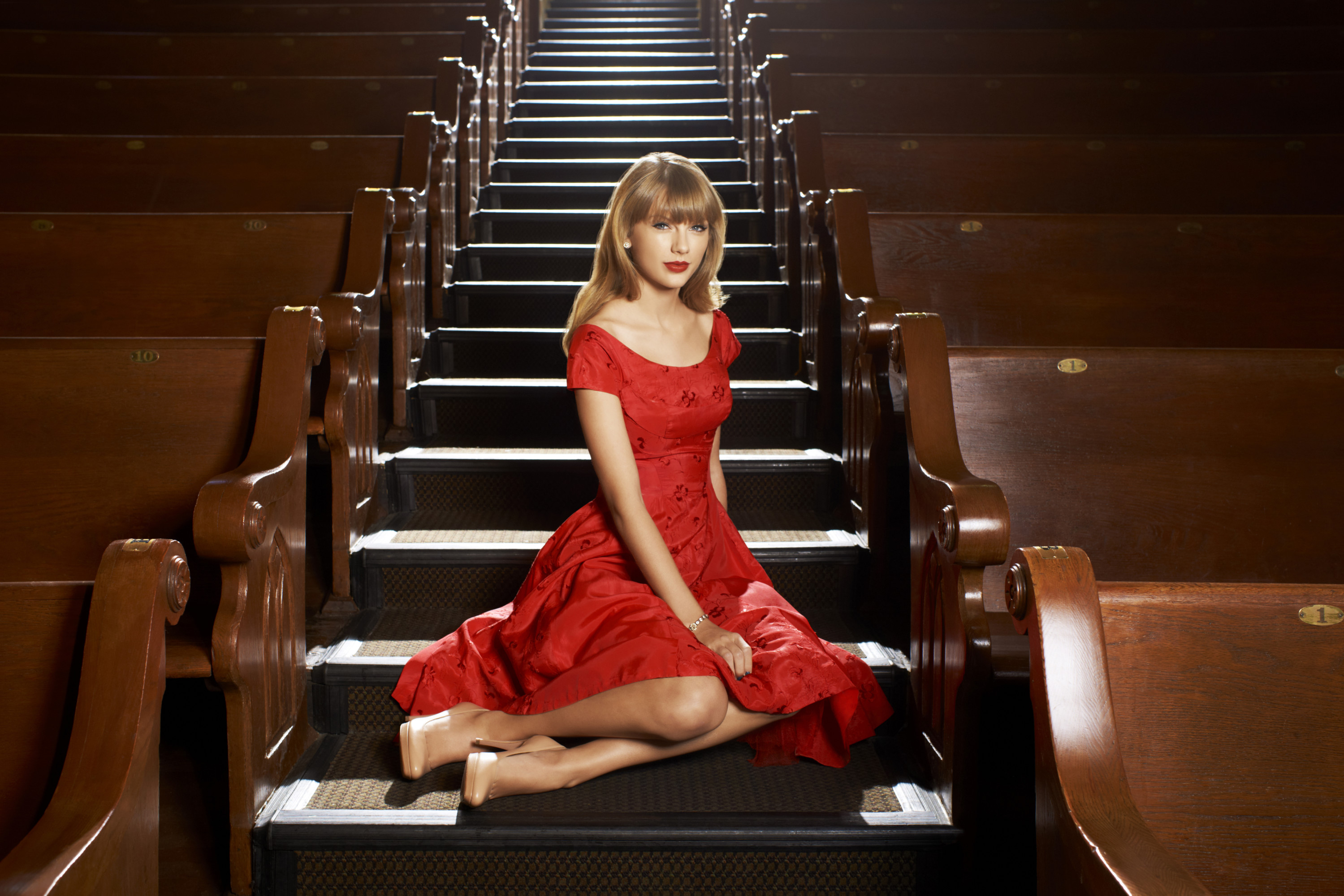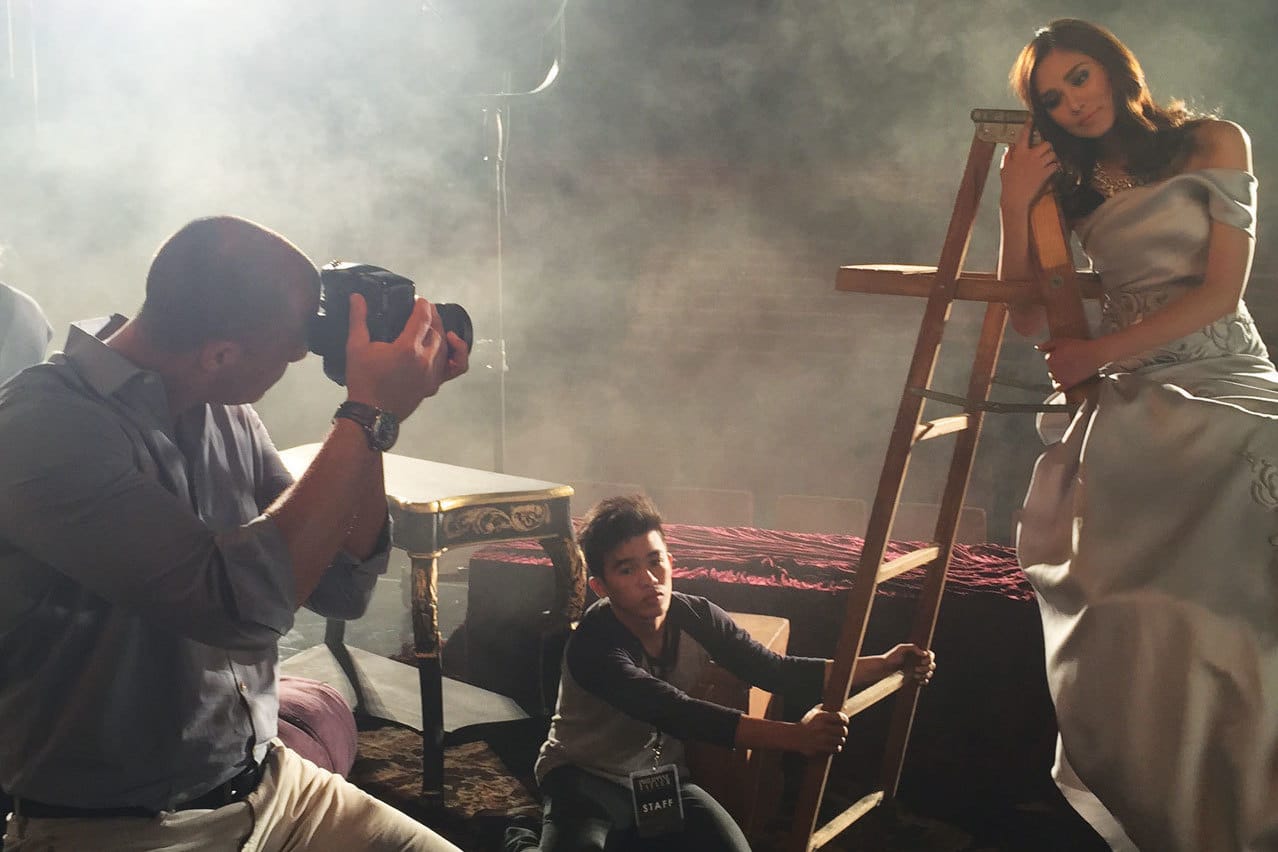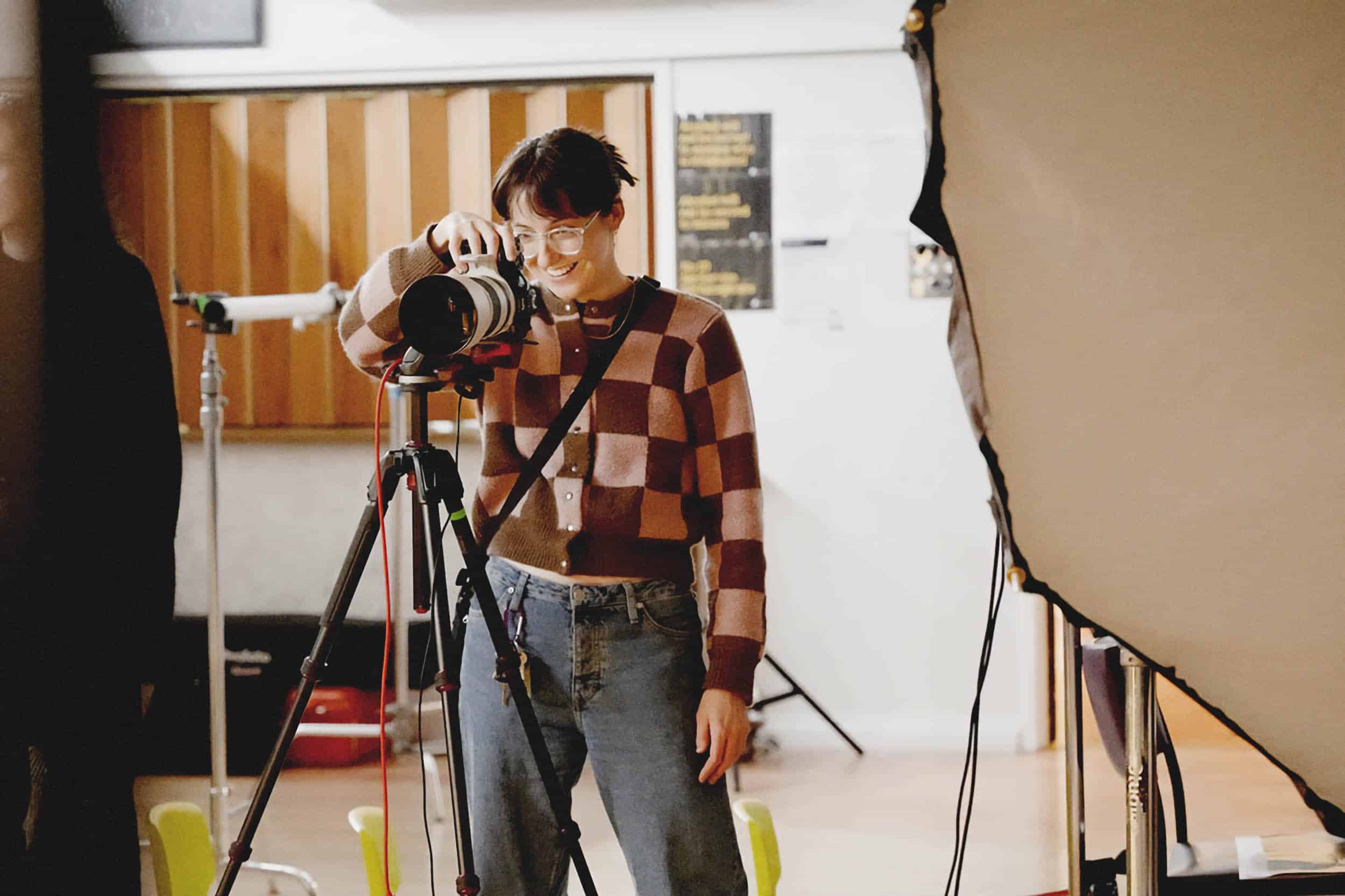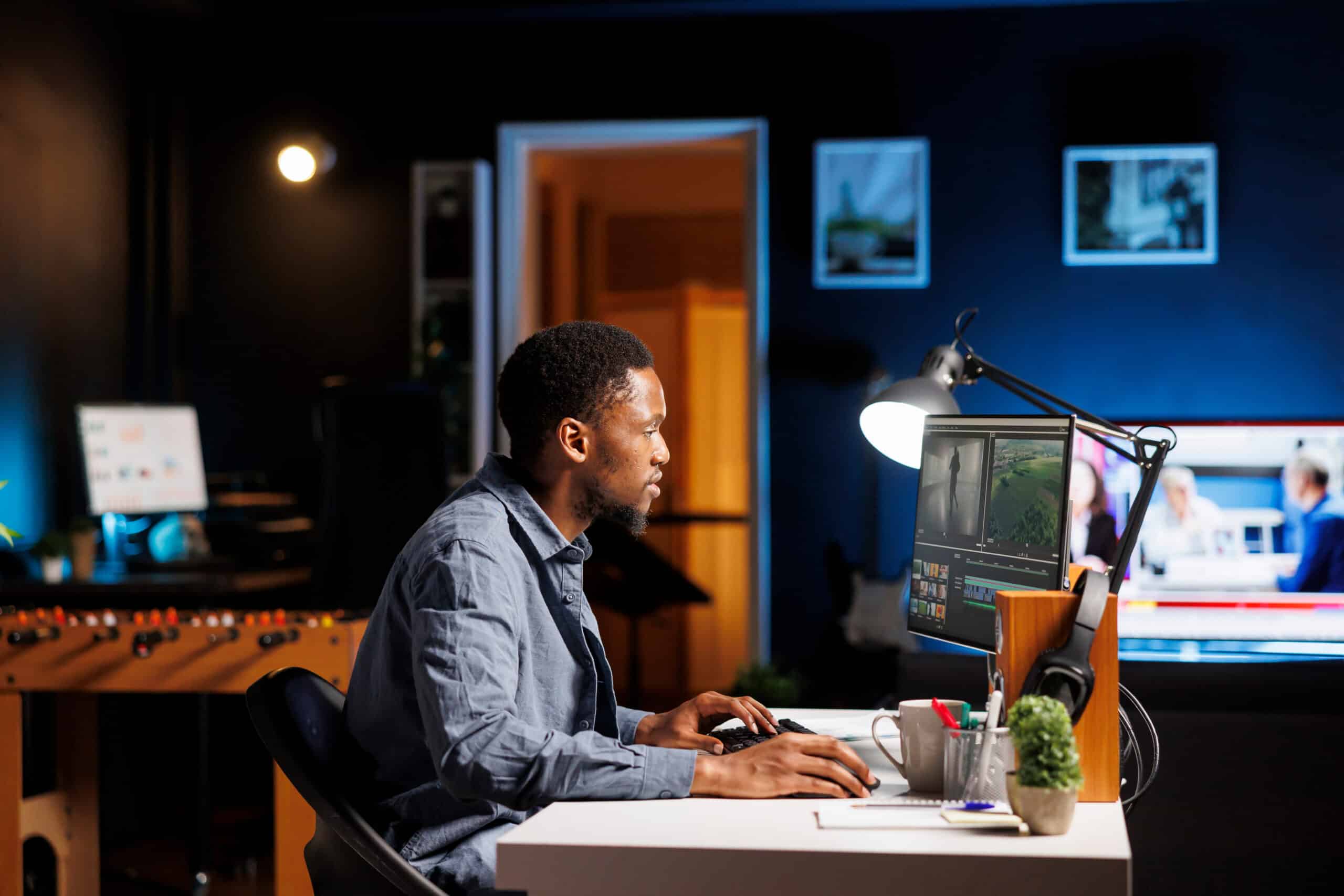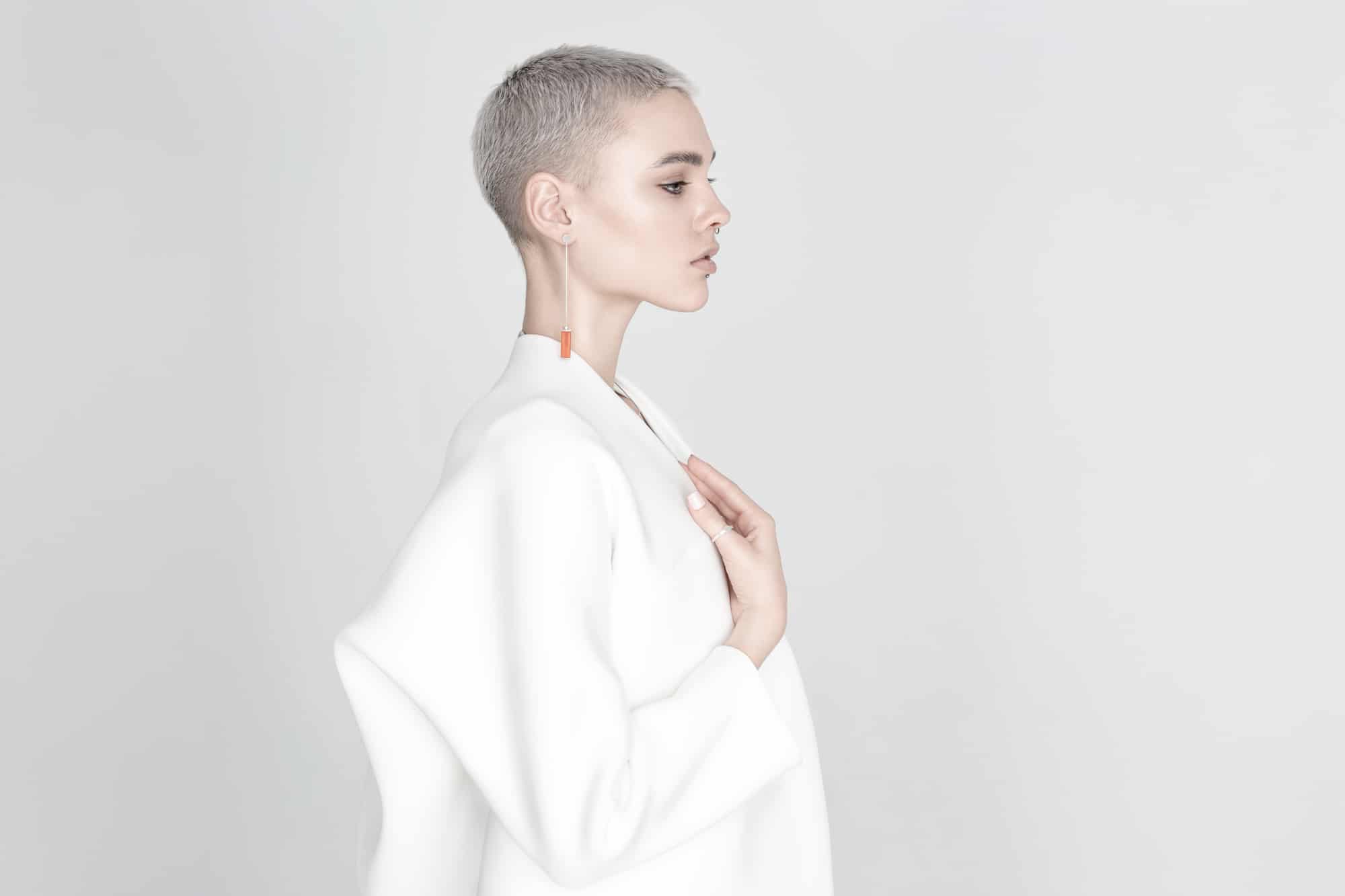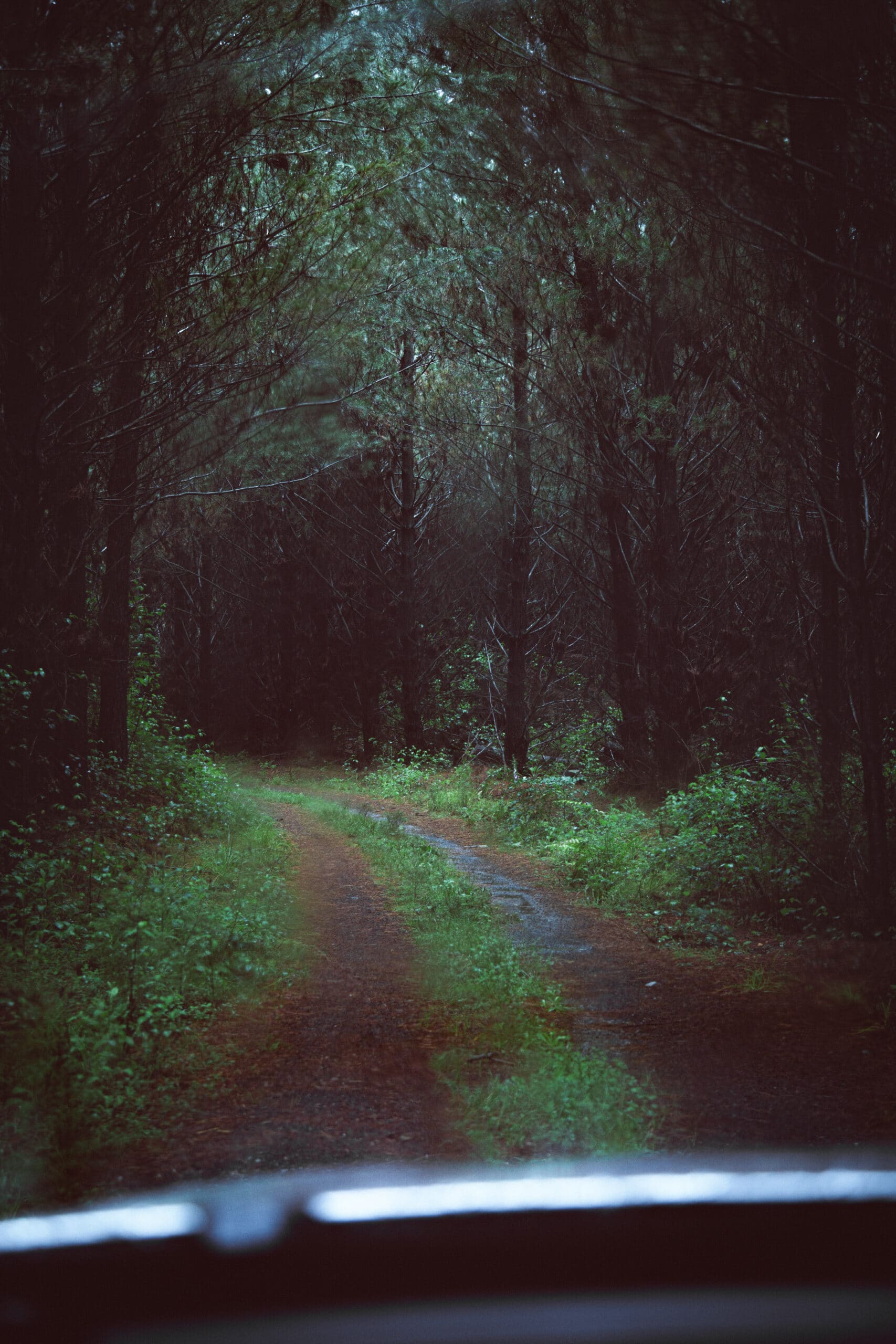When it comes to high end fashion photography, one of the first photographers that many think of could easily be Nigel Barker. The well-known photographer, who is currently working on a special series called Top Photographer with Nigel Barker, has been shooting for many years and has learned more than any of us could even imagine after his years in the industry.
Since portraiture and fashion are all about a collaboration, we used the opportunity to pick Barker’s brain a bit about shooting and working with models on a set.
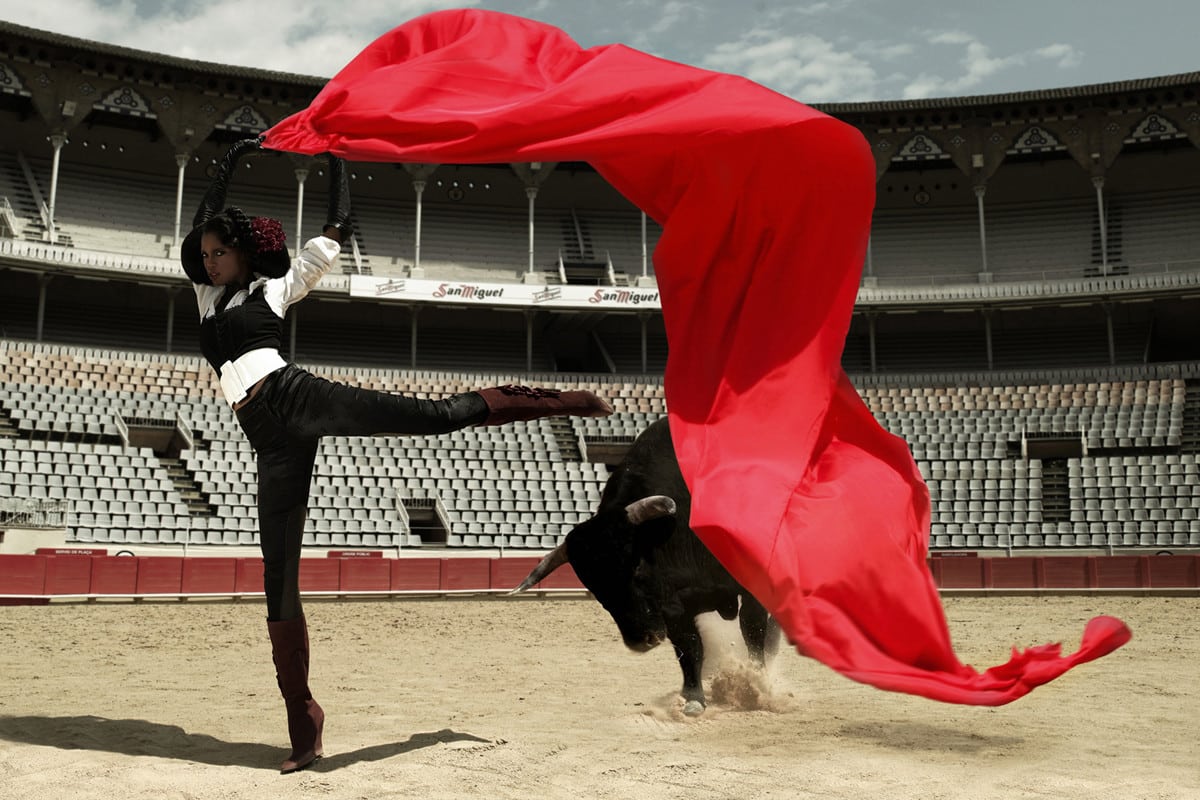
When you were still cutting your teeth in portraiture, what was the most difficult obstacle that you were trying to overcome and how did you go about doing it?
Nigel Barker: My interest in portraiture evolved over time. I started off as a fashion photographer but found myself more and more interested in the subject rather than the clothes. However, still working in fashion, I focused on the personality of my subjects, always looking to capture the most engaging aspect of who they are. I found that if you managed to photograph your subject in a truly authentic emotion that was appealing to the viewer, the interest and allure of the subject was enough to sell the clothes, fragrance or accessory they were modelling.
In order to create an environment where your subject was comfortable enough to let down their walls and open up in a believable manner takes practice, patience and a lot of psychology! Music helps too, and I now have an extensive playlist which helps set the tone. I always try to research my subject and learn as much about them as possible. When your subject feels that you understand them and that they are in a safe place you are much more likely to get the result you are aiming for.
Portraiture is a collaborative process between you and a subject. So what things do you often feel are the most important to communicate to a portrait subject about your creative vision and how you two can work to actually accomplish it in the final image?
I don’t normally discuss in detail what my vision is with my subject, I try to create an atmosphere that is conducive to provoke the reaction I am going for. I warn my subjects that I will be talking with them all throughout the shoot and to not worry about the camera and just talk back to me as if we were in a normal conversation. I find that it is often during the in between moments, after a big laugh or a question has been answered that the subject can look the most thoughtful and captivating. The use of a shutter release is a great way to capture these moments, as you can look your subject in the eye and still get the shot. I find it’s too much to ask most people to help you capture a “real” moment, so by putting on the right music, having great catering with plenty of comfort food, closing the set if you’re going for something intimate or opening the set if you know your subject likes an audience.
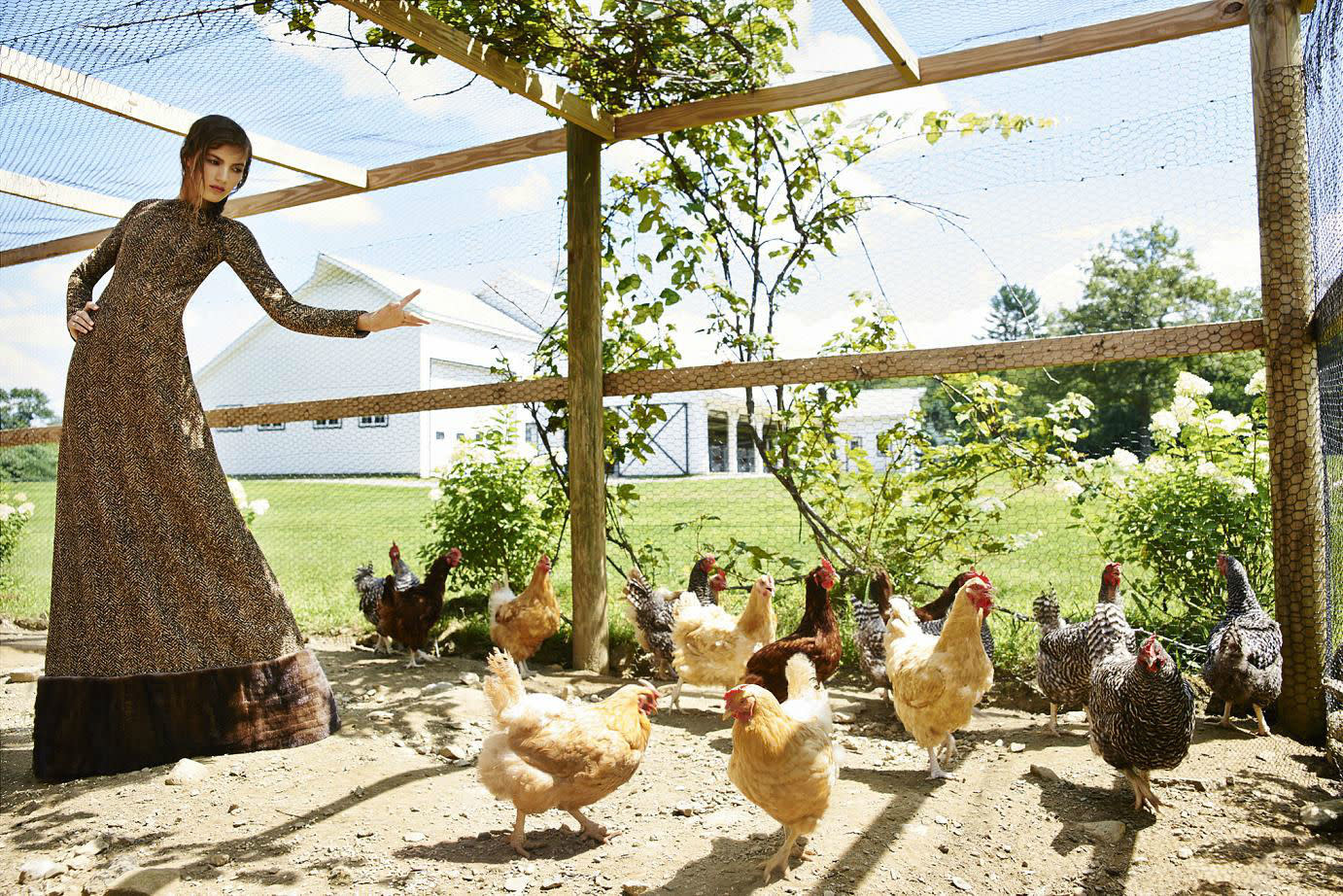
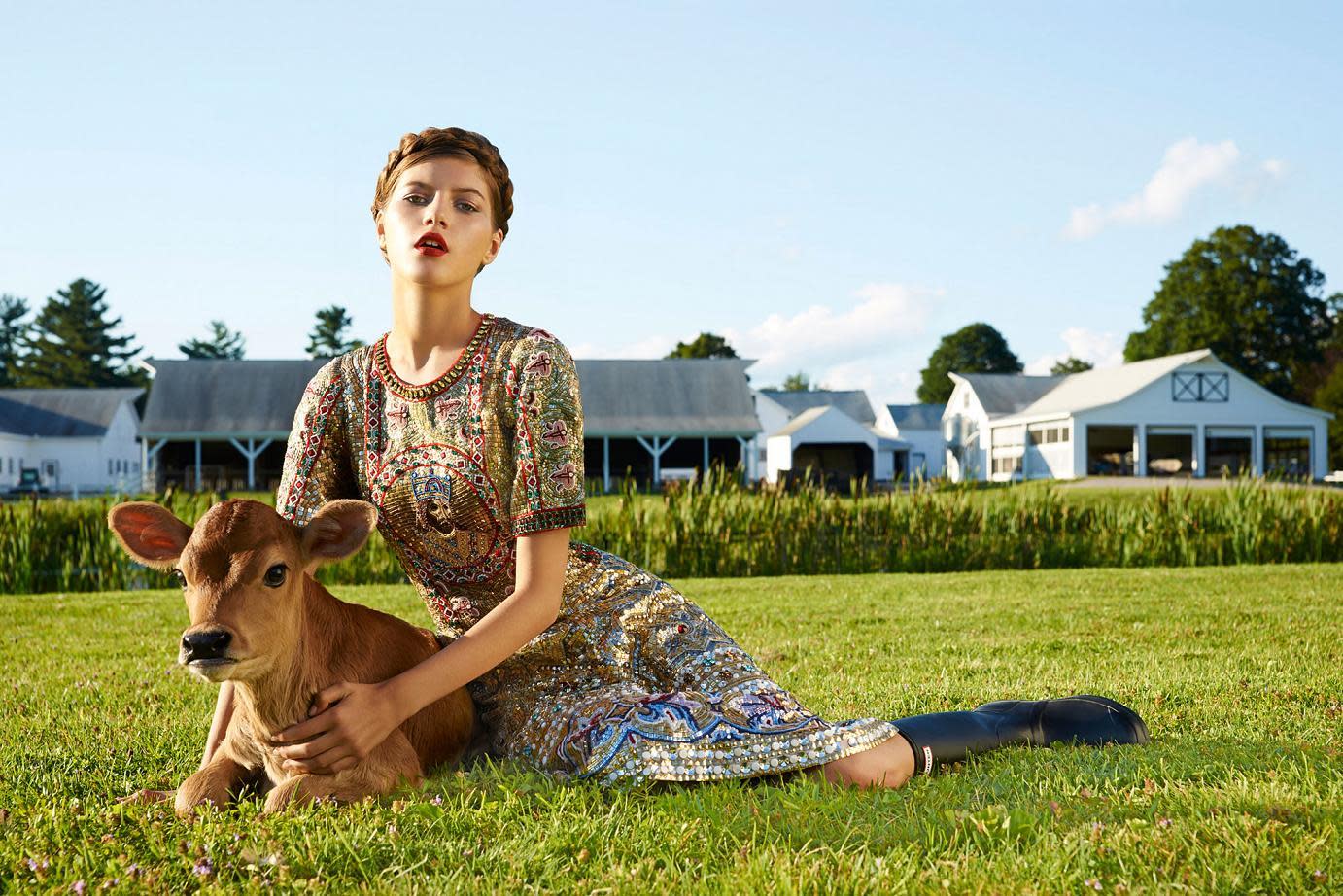
Some of the biggest commercial photographers either have an exceptional creative vision, incredible marketing skills, or a combination of both. But as photography continues to progress, what do you think photographers should really spend their time improving on in order to make taxable income from their craft?
Always the raw talent comes first, and this is exactly what we’re searching for in my latest joint venture with Adorama, Top Photographer with Nigel Barker. Having a specific signature style is key even if it evolves and changes over the years, and at any given moment you should be identifiable by your work to some extent. However, monetizing your creative skills relies on understanding how to market your work and, often, yourself. Some photographers are lucky enough to have a great agent who can do much of the heavy lifting, but ultimately you still need to sell your images to the client and subject. I try to stay up to date with current affairs, politics and pop culture in order to be a part of the zeitgeist of our times; staying relevant is important, and if you’re not aware of the world we live in it’s hard to capture it or know what to look for or ask for when you go out to shoot a portrait. A good portrait in my opinion is less about nostalgia but about the here and now, whatever you believe that to be.
The biggest new trends in photography seem to be 360 and VR (though the latter is more towards video.) How do you think they’re going to change the professional photography world in the next three years when it comes to the potential that a creative vision can have, and even in terms of how photographers are going to need to adapt?
I just picked up my first 360-degree camera and it’s a lot of fun to play with. Its place in conventional commercial photography is yet to be proved, certainly in the long term. With the popularity of social media, selfies and the public’s desire to see both the finished product and the behind the scenes of every photo, you can see why a 360 camera is an interesting option. Currently the fish eye reality of 360 cameras doesn’t work for most commercial purposes but as that changes and the file sizes grow, 360-degree photography could become more than a fad. However, I see 360 photography and video more as an interesting option for reportage and travel photography where revealing the whole scene is desirable.
With all that said, how do you think the place of the still non-360 or VR photo will evolve? Do you see it as becoming something where the talent will need to be significantly higher with those emphasizing a creative vision being at the top?
One of the most exciting factors in today’s paradigm is the fact that everybody is armed with a camera of some sort. However, the same way every child is given a pencil doesn’t guarantee they will become a great writer, giving everyone a camera doesn’t make everyone a talented photographer, but it does increase the number of people with an opportunity to excel, which in turn raises the overall bar and competition. It also pushes technology as the population demands greater advances in ways to capture the moment in different and creative manners. Despite all of this, the best portrait photographers are talented because of their sensitivity to the human condition; and their ability to control the camera to capture the truth is what ultimately creates an iconic image. No amount of technology can top that.
Be sure to check out Nigel Barker’s latest project in partnership with Adorama, Top Photographer with Nigel Barker, and submit your original photography for a chance to be featured on the brand new web series, coming this fall. The deadline to enter your submissions is August 12, 2016 at 11:59pm.
All images via Nigel Barker
This article was originally published on The Phoblographer and republished with permission.
